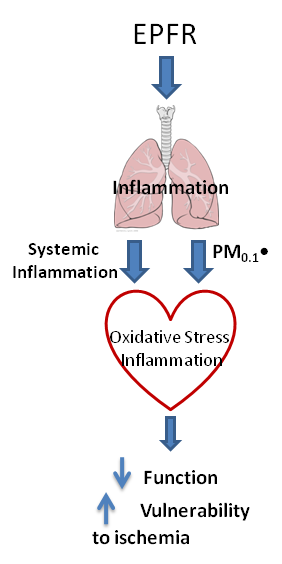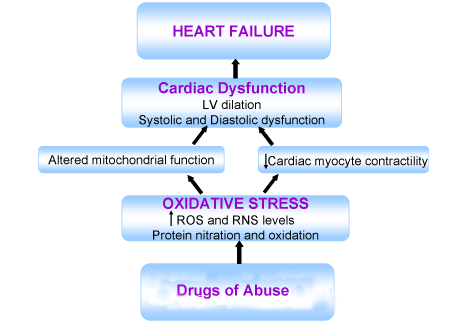Kurt J. Varner, Ph.D.
Research Interests
Research interests involve determining the mechanisms by which oxidative stress produces cardiac dysfunction. There are currently 2 major areas of research interest in my laboratory.
1) We are also studying the cardiovascular and cardiac toxicity produced by the inhalation
of combustion-generated fine and ultrafine particulates. Our colleagues data show
that these combustion generated particles may contain environmentally persistent free
radicals (EPFR). Our studies are addressing the hypothesis that that these EPFRs
produce cardiac toxicity by the combined actions of lung-derived systemic inflammation
and localized oxidant and inflammatory actions at the level of the heart.

2) The second project involves the examination and characterization of the cardiac, cardiovascular, cardiovascular reflex and sympathetic nerve responses elicited by the acute and chronic administration of sympathomimetic stimulants. Biochemical, molecular biological and proteomic approaches are being used to identify the mechanisms underlying stimulant induced cardiac dysfunction.In addition, I am the director of the Cardiovascular Function Core Facility in the Department of Pharmacology at LSUHSC.

